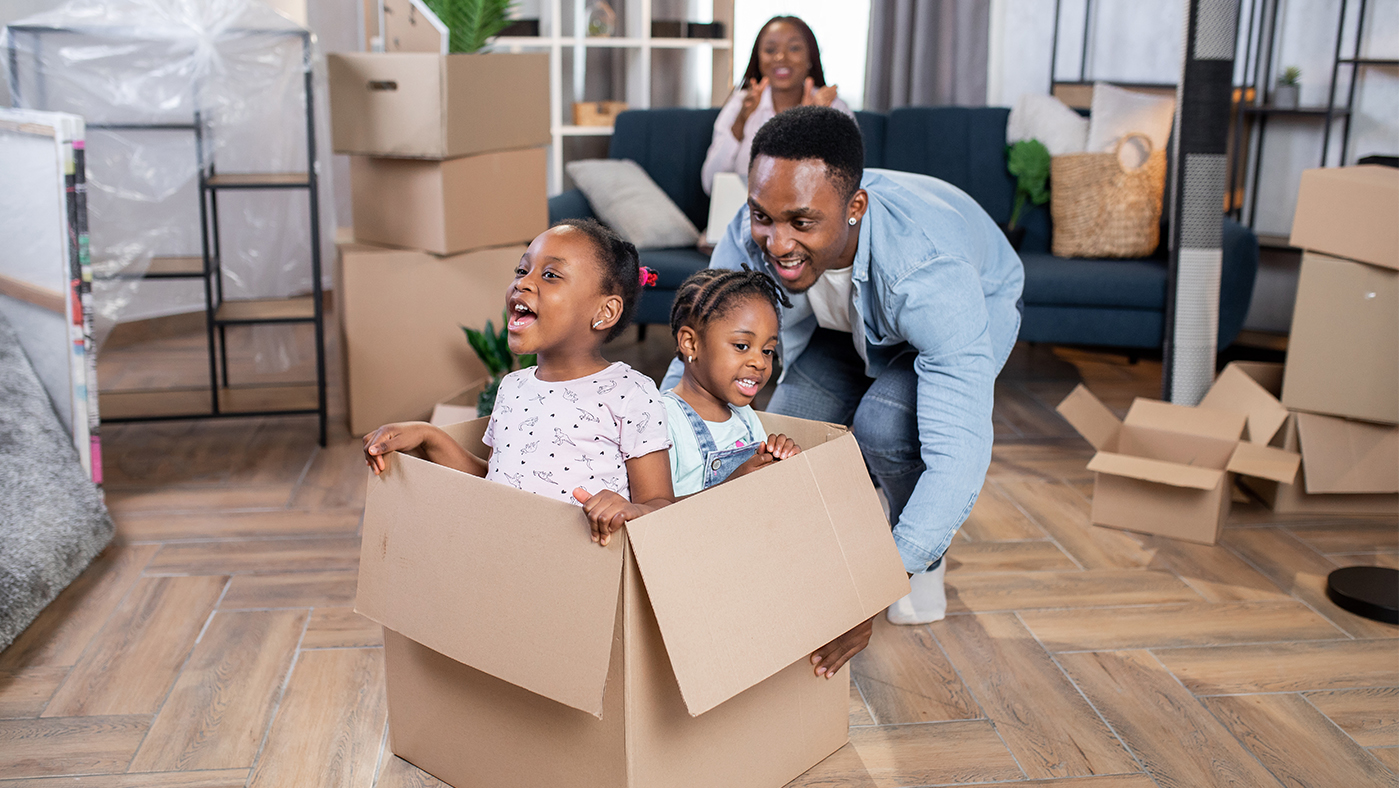Out of the box - toys that are not toys
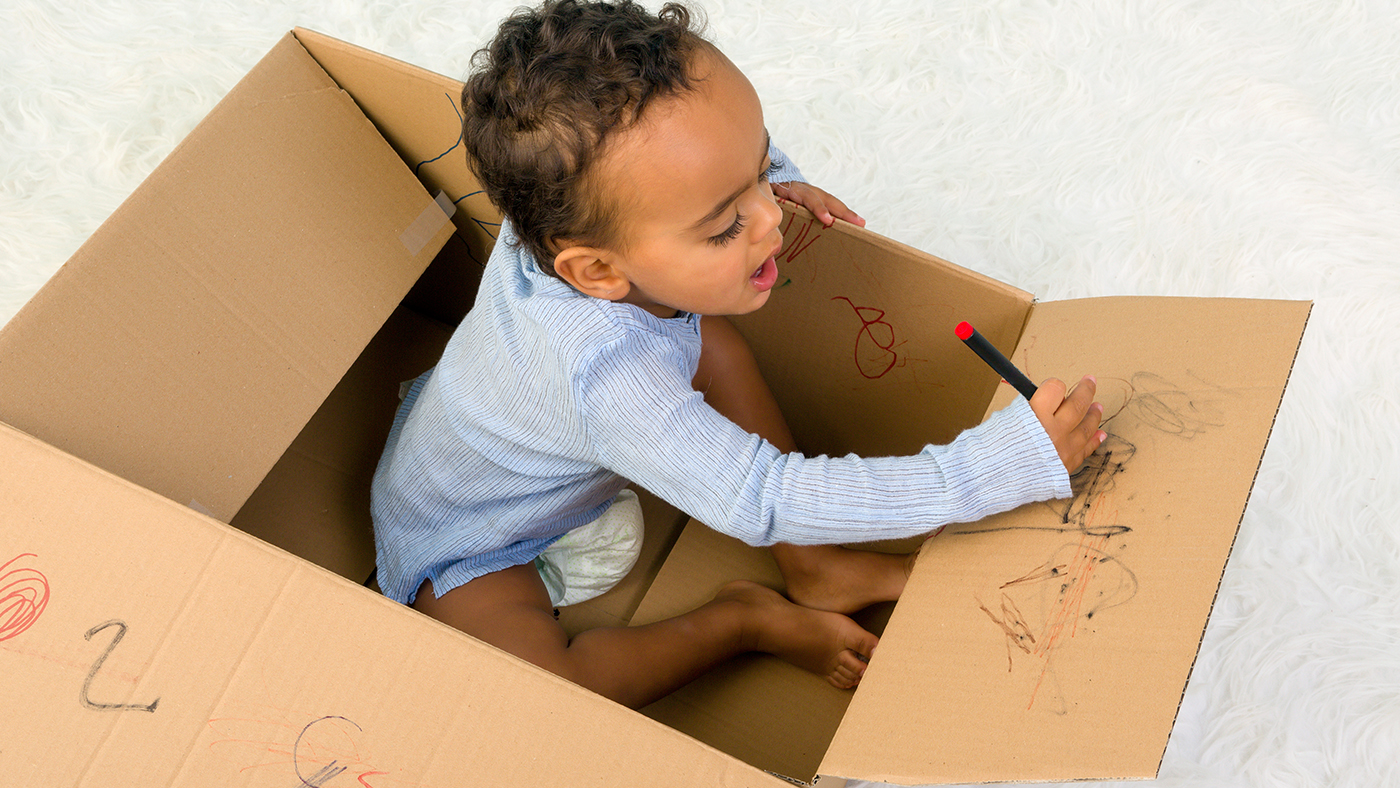
As a parent, it can feel like there is constant pressure to spend money on toys for children. The choices when it comes to what toys are best for your child are impossibly endless, too. Is it better to opt for only wooden toys, or is plastic actually pretty fantastic?
It can be easy to think that the toys that will benefit your child most would be the all-singing, all-dancing, top of the range educational toys that cost an arm and a leg. However, have you noticed that children seem to move straight past their brand new toys, and dive straight into the boxes that they came in, or the paper that they were wrapped in?
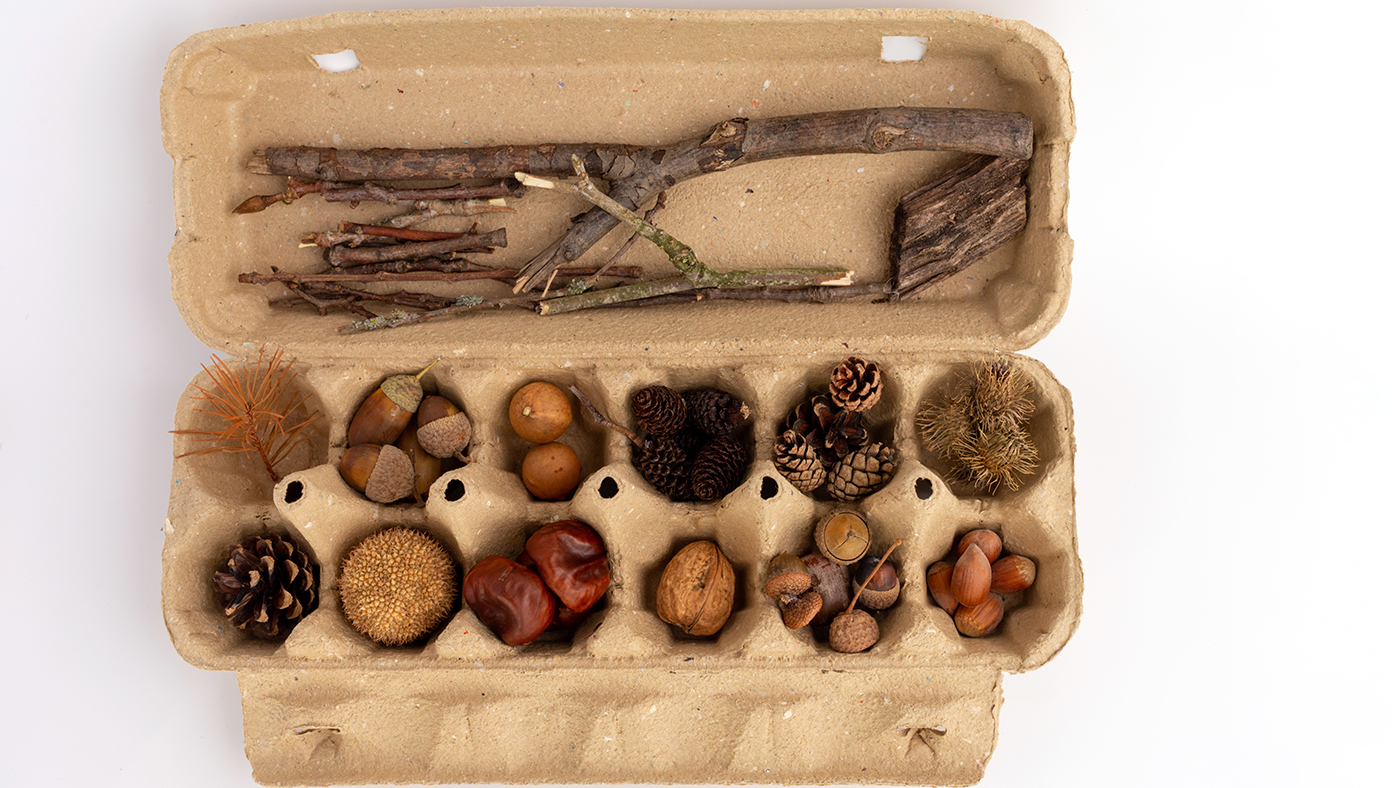
Heuristic play – what is it?
Introducing real-life objects for your child to explore is also known as heuristic play. Heuristic play has been described by Shelly Auld as:
“Heuristic play sessions are one way that young children can explore the properties of everyday objects or cultural artifacts in a safe, supported, open-ended manner. Through heuristic play a child has the opportunity to determine their own actions and make choices.” [1]
Heuristic play is beneficial to children as it encourages them to...
Think critically
Unlike toys it is not obvious to children straight away how to use the object and the items never have a purpose or outcome and because of this they must figure out how they are going to use it, manipulate it and explore it and with this develops the ability to think critically.

Encourages creativity
In a similar way, because none of the objects are predefined. The items that can be found around the house do not come with definitive success either and success often does not leave much room for creativity. When children engage with these inanimate objects, they are free to explore and play with the item however they wish. This encourages creativity.
Develop physical skills
As they move themselves and the items around, they will be exercising both their gross and fine motor movements as they manipulate the items with every part of their body!
Encourages mathematical concepts
As they explore the objects, they will naturally be beginning to investigate the objects based on their size, weight, shape, length, circumference, whilst using these properties to manipulate and use them.
Develops the senses
All the objects outlined below offer a new texture, sound, feel, weight and look. But they will also challenge children's proprioceptive and vestibular senses as they think about their own position in relation to the objects and try and balance new and unusual objects together based on their shape and weight.
‘Non-toy toys’ at home
There are many objects that can be sourced at home or around the home that are free, cheap and can be used in many ways. Children are naturally more curious about objects that they have not seen before or about objects that they have seen you use. When they are items that are safe for them to explore, can provide them a whole host of different benefits.
Below we have outlined some of the non-toy resources you might be able to find at home.
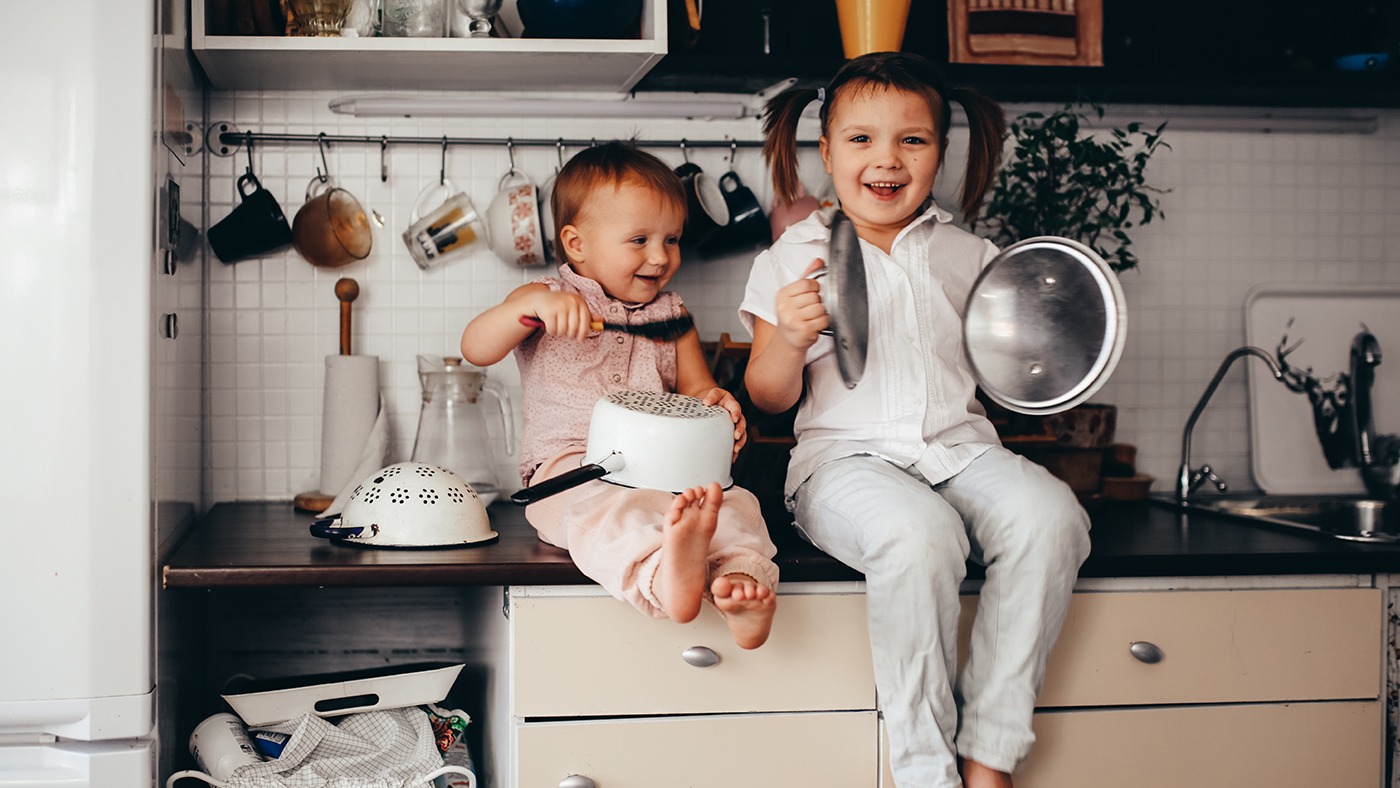
Kitchen Cupboard
Cups
Cups can be used for multiple purpose in play. Children can use them to sort objects by different properties such as colour or shape, or size. They could even use them to stack, build, and create imaginative structures.
Pots and pans
Pots and pans are another household item that children love to play with. Paired with a wooden spoon, they make a great drumkit for your child to explore sound and rhythm. Chrome pots and pans are also fantastic for children to explore their reflection and heuristic properties.
Muffin tray
Muffin trays are brilliant for sorting, enclosing, couniting, hiding. You can add muffin cases and tape to promote fine motor development and spoons and balls for hand-eye coordination.
Cans
Food tins are brilliant for construction. When they do not have a ring pull, they make a brilliant resource for stacking, transporting, rolling on and standing on. They are good for also challenging thinking around weight distribution.
Recyling
Tubes
Wrapping paper tubes, toilet roll and kitchen roll tubes are brilliant for being creative, making tunnels for toy cars, using as bats, construction and wherever the imagination goes.
Cardboard boxes
Cardboard boxes have endless possibilities! Depending on the size, they can be used in whichever way your child wishes. Big boxes can be made into dens, cars, or even a pirate ship to go on a treacherous crusade! Smaller cardboard boxes can be used as houses for dolls that your child already has (or even dolls that they make themselves). They could even make animal habitats or building blocks. Cardboard boxes are also a great resource for junk modelling. We have another blog with many more ideas of what to do with the cardboard box.
Egg Boxes
Great for collecting, sorting, counting and carrying around your treasure. Can be taken out with you on a walk to collect special things.
Sheets and blankets
Using old blankets and sheets are great for play. They can used for den building alongside other items, both indoors and outdoors. As well as this, they can be used for role play, making costumes or even setting up role play areas.
Old clothes and accessories
Children get brought lots of ‘fancy dress costumes’ but during their role play, they generally just want to play out us and their own home life. So why not give them some old scarves, hats, sunglasses and whatever else you can find to play with. Sometimes these items will be used as something else!
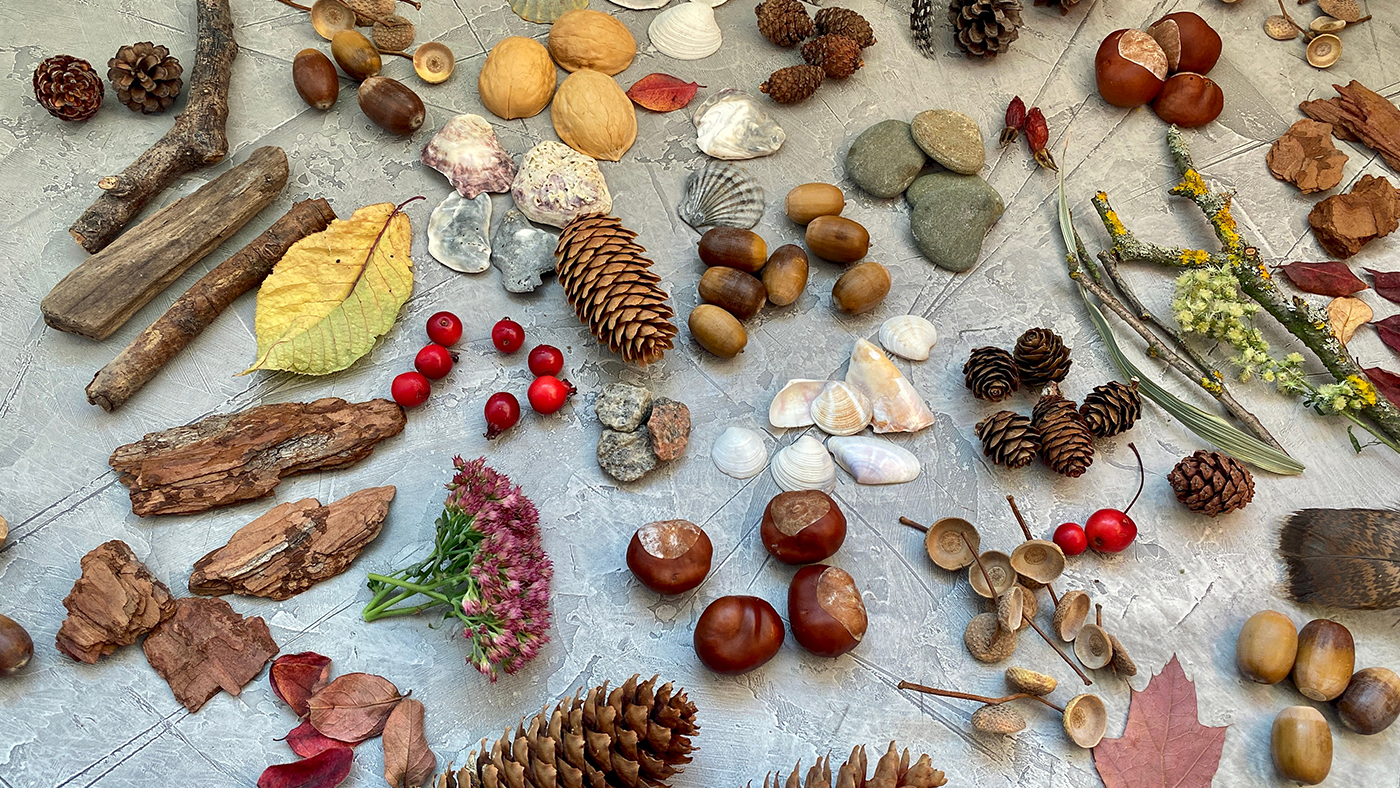
Natural Items
Going on a nature walk with your child to see what objects interest them is a good way of sourcing objects to play with that capture their interest. This could be anything from crunchy autumn leaves, pebbles, chunky stones or even knobbly sticks! Natural objects are great for playing with and the different textures, shapes and sizes of objects provide a fun sensory experience, whilst also supporting fine motor development and an understanding of the natural world.
Benefits of using real life objects for play
There are many benefits to using real life objects to support play in young children and babies. First of all, it is a very budget friendly way of providing play experiences. Most of the objects that children like to play with will already be in the home or can be found in the great outdoors.
As well as this, real life objects are great for encouraging creativity and open-ended play in your children. Think about it, giving your child a toy cake means that they can only play with it as a cake. But if you provide them with a plain piece of cardboard, it could be a cake, a sandwich, a remote control, a book, a hat – the possibilities are endless!
Also, using real-life objects for play supports language and communication skills. As your child is exploring these new things, they will be encouraged to use new words and descriptive language to share their thoughts and feelings about these objects. This is also a great way to encourage children to play with others and as they play and discover together, they will be taking turns in conversation, as well as listening to one another.
Finally, real life objects in play can also be beneficial for gross and fine motor development. When playing with objects, your child will be developing their grip, especially when handling smaller, unusually shaped items. They will also be playing with objects that may not be a regular shape in the same way that their man-made toys are, meaning that they will be handling a range of textures, shapes, and even items that have different parts to explore.
Further Reading
[1] Shelley Auld. (1994). Five key principles of heuristic play. Available: https://www.dufferincounty.ca/sites/default/files/rtb/FivePrinciplesHeuristicPlay.pdf.
[2] Elinor Goldschmied, Sonia Jackson (2004). People under three: Young children in day care, 2nd edition
[3] Durham University. (2021). Durham Commision on Creativity and Education Report. Available: https://www.dur.ac.uk/resources/creativitycommission/DurhamReport.pdf.
